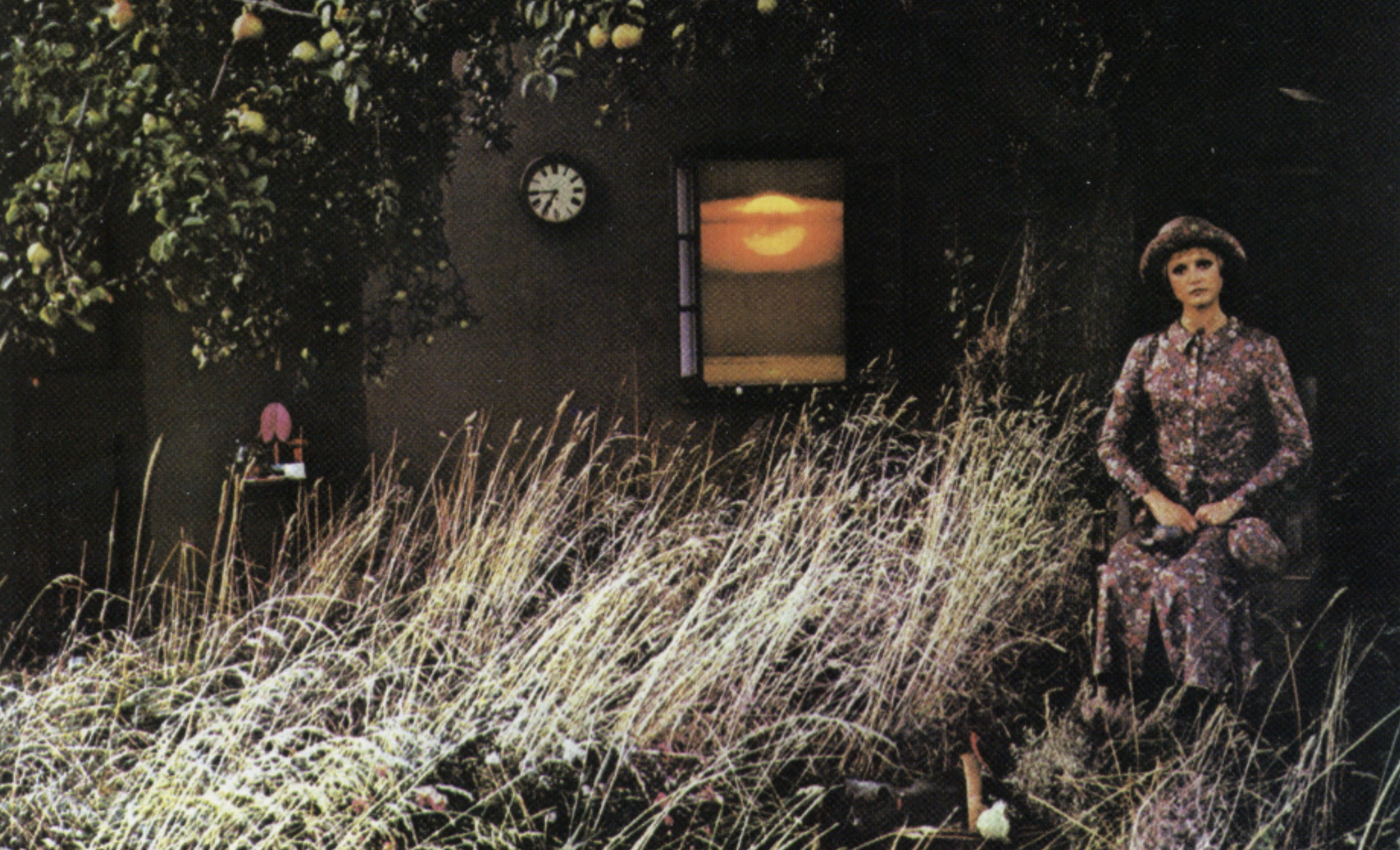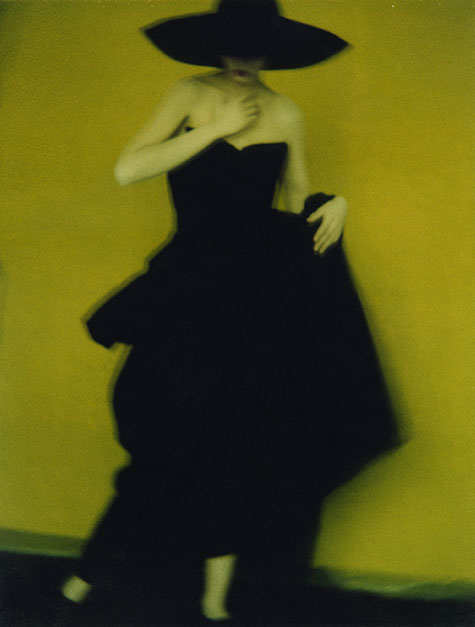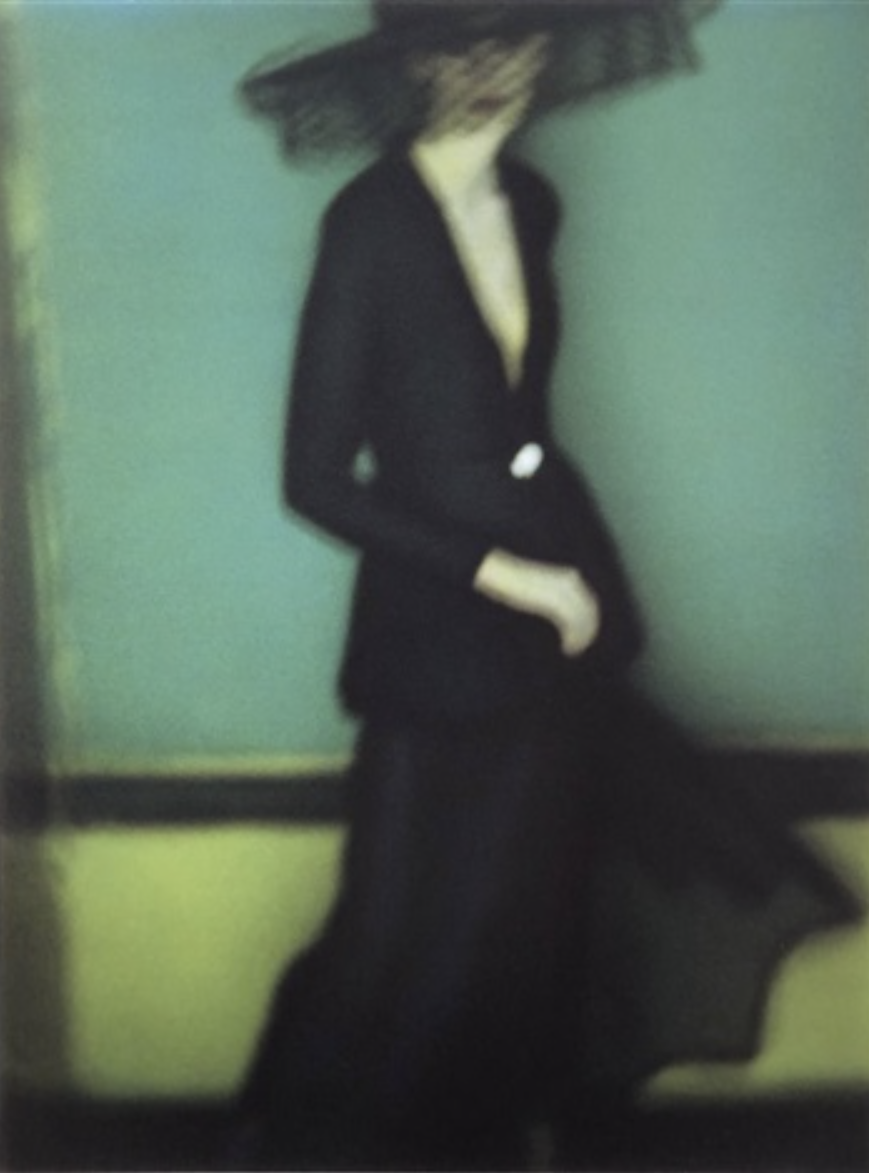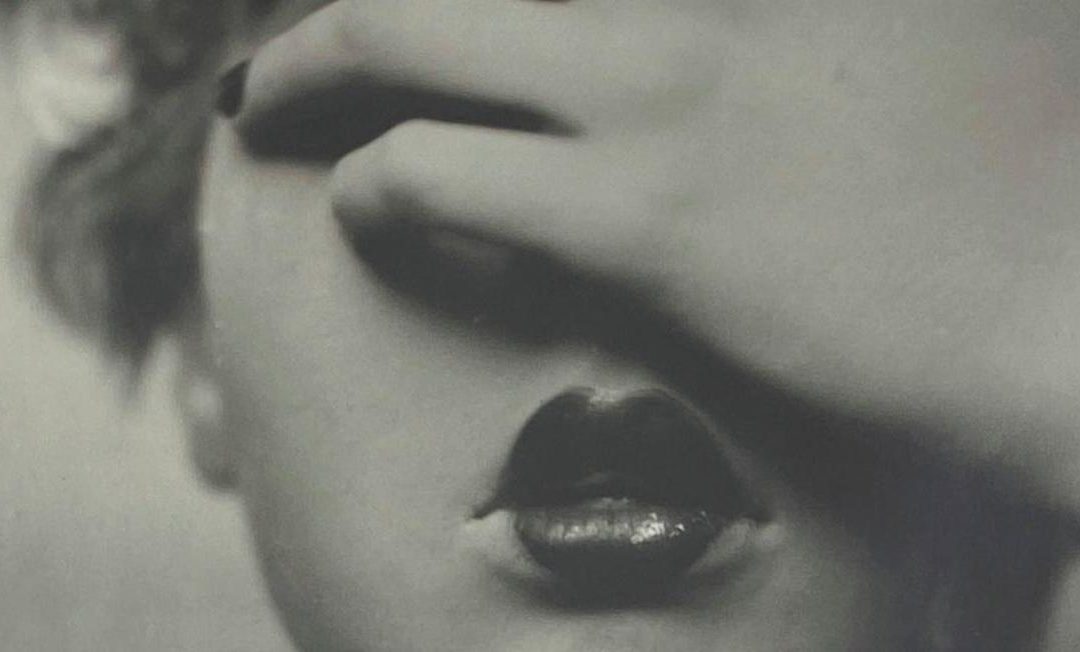One thing to know about me is that I love photography. I spent my career working in the photography world, producing shoots for advertising and fashion clients. With a friend, I started and ran a magazine dedicated to the art and craft of photography. I even married a photographer! All that to say, I love, live and breathe photography.
I thought I would do a series about some of my favorite photographers. I will start with the one who introduce me to photography in the first place: Sarah Moon.
In the 1970s my mom worked in the Parisian ad agency that handled Cacharel, the famous fashion brand. Sarah Moon shot their campaigns in her dreamy, ethereal style. My childhood bedroom was covered with Cacharel posters. When researching images for this post, I found some ads I distinctly remember having on my wall. And I’m pretty sure the posters are still somewhere at my parents’!
Since these early days, I have loved Sarah Moon’s work. I love the tactile quality of her images, her sense of color, the romanticism of her women, and the quietness of the world she creates.
Although nostalgia and the loss of a bygone era infuse her work, I feel her images transcend time. Her women may be long gone, but their beauty and mystery endure.
“I create situations that do not exist, I seek the truth from fiction.” Sarah Moon

Sarah Moon was born Marielle Warin in France on November 17, 1941 (or 1939 – I read conflicting info on this!). Her family fled Jewish persecution under German occupation and found refuge in England.
She became a model in 1960s swinging London, befriending fashion designers and magazines editors along the way. After a few years in front of the camera, she realized being behind it gave her more opportunity and freedom. She started shooting and, to mark her new life, changed her name to Sarah Moon. She shot for Biba, the iconic London fashion brand, before moving to Paris, where she would later work for Vogue, Comme des Garçons, Chanel and Dior.
Her most iconic commercial work though is her collaboration with Cacharel. Her images defined the brand for close to 20 years and were used worldwide. Most people who are over 30 will immediately recognize her dreamlike portrait of two women for the Anais Anais ad campaign. (I deliberately chose not to include it because, as much as I love Sarah Moon, I’m so done with this image. It was EVERYWHERE. I think I OD’ed on it – it’s fine if I never see it again in my life!)

Her work stood in stark contrast from the hyper sexualized glamour of the 1970s and 1980s (think Guy Bourdin or Helmut Newton). Far from the glamazons of that time, her models are subdued, romantic and ethereal. Inspired by 1920s and 1930s iconography and movies, her women look like flappers, with heart-shaped mouths and jazzy updos.
While her contemporaries favored bright lights and color film, Moon preferred shadows and black & white polaroids. Her aesthetic is rooted in the early days of photography and the pictorialism movement, which celebrated painterly photographs. When she uses colors, she uses them as a painter would. Her color palette is unique, strong and muted at the same time, with blurry lines between the elements where colors meet and mix. The result is moody and poetic.
I find her choice of polaroid film particularly telling; using it is labor intensive as frames need to be individually loaded and removed from the camera, which is sure to slow down the process. Her photographs are thus intentional and thoughtful, something you can feel when looking at them. The multiple manipulations often result in damage – the edges of the frame are ripped off in the process of developing the polaroid, or smudges happen while printing. Moon never tries to conceal these accidents but revels in them. I love how the medium’s frailty (and, by extension, our own?) is part of her art. I also love the human dimension of her craft. Seeing these “imperfections” is akin to seeing a thumb imprint on a sculpture or guessing the movement of the hand that held the brush on a painting.


I’m not surprised her work shows such a contrast to what her male colleagues were doing at the time. As a woman and former model herself, she was bound to photograph women differently than they did. As there were few female photographers working then at that level (or working, period), Moon brought a welcome new point of view on female representation. She made history when she became in 1972 the first woman to photograph the famed (and sexualized) Pirelli calendar.
She later ventured into motion (I still remember the TV spot she did for Cacharel’s Loulou perfume in the late 1980s) and even shot a couple of feature length movies. I would be curious to find them. Moving from single still images to building a narrative is often difficult for photographers, but then again, her still work is very cinematographic, full of atmospheric moods and untold stories.
Starting in the 1990s, Moon focused more of her time on her fine art practice and had numerous museums and galleries exhibits worldwide in the ensuing decades. She has become a national treasure and was nominated in 2009 a Commandeur des Arts et Des Lettres – a prestigious title in France’s cultural world.
Sarah Moon often explained she was not interested in photographing reality; her aim is to capture dreams. She was able to create her own world, one filled with nostalgia, stillness and silence. Her photographs were carefully constructed and planned out. She willed them out of nothing. The use of black and white film and blur effect further removed them from reality. Her images evoke the passage of time and the ensuing decay and death. They are modern-day vanitas that beckon us and invite us to pause in an ever-rushing world.
© Sarah Moon. Disclaimer: Aurelie’s Gallery does not represent Sarah Moon. My “Photographers I love” series is purely for inspiration and to encourage discussion.
